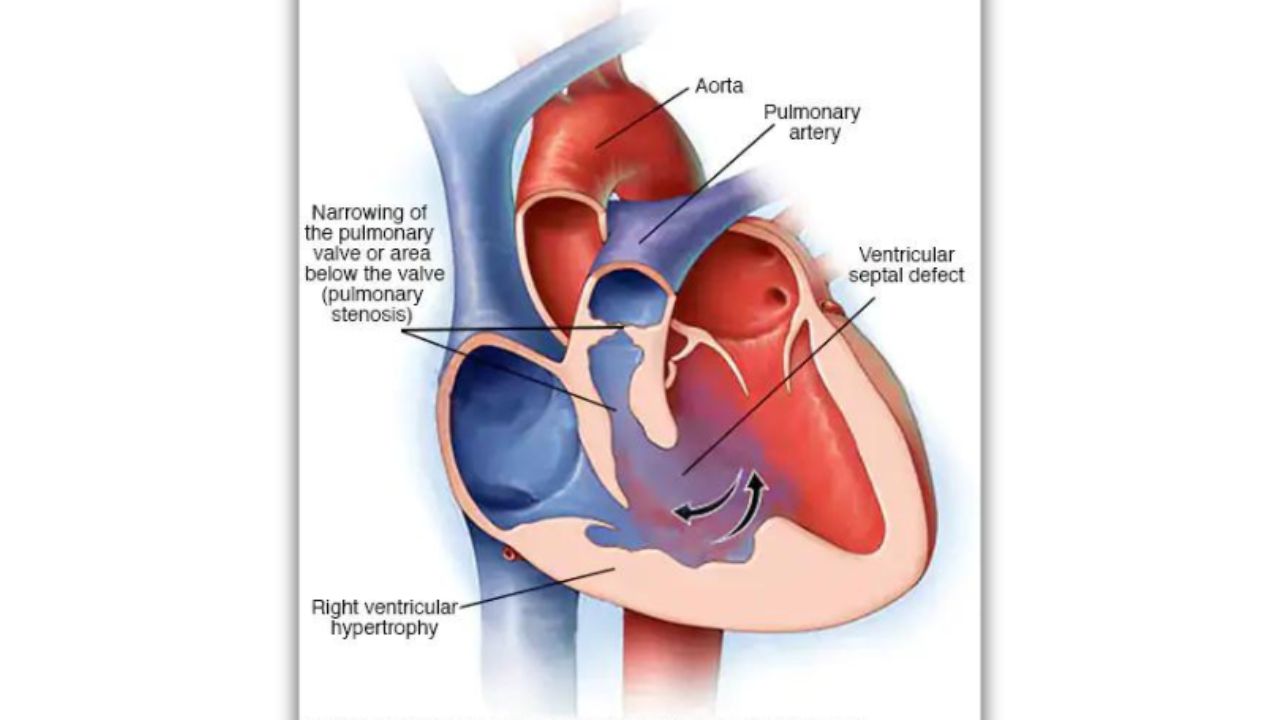 Tetralogy of Fallot Treatment: Comprehensive Overview
Tetralogy of Fallot Treatment: Comprehensive Overview
What is Tetralogy of Fallot?
Tetralogy of Fallot (TOF) is a rare congenital heart condition characterized by four key abnormalities: ventricular septal defect (VSD), pulmonary stenosis, right ventricular hypertrophy, and an overriding aorta. This combination of defects impairs the heart’s ability to pump oxygen-rich blood throughout the body, resulting in decreased oxygen levels. Consequently, affected children often exhibit cyanosis, or a bluish skin color.
How is Tetralogy of Fallot Treated?
Surgical intervention is crucial for managing Tetralogy of Fallot. Typically, doctors recommend surgery within the first year of life to address the condition effectively. Here’s a breakdown of the procedure:
- Ventricular Septal Defect (VSD) Repair: Surgeons close the hole between the ventricles using a patch. This step prevents the mixing of oxygen-poor and oxygen-rich blood.
- Relief of Pulmonary Stenosis: Surgeons widen the narrowed pulmonary artery to facilitate better blood flow from the right ventricle to the lungs.
- Management of Right Ventricular Outflow Tract (RVOT) Obstructions: Any blockages in the outflow tract are removed to ensure smooth blood circulation.
- Adjustment of the Overriding Aorta: Surgeons may reposition the aorta and adjust its size to enhance overall blood flow.
Following surgery, children will need ongoing care and monitoring. Regular check-ups with a pediatric cardiologist are essential to track heart function and manage any potential complications.
Who Should Treat Tetralogy of Fallot?
For optimal care, a neonatologist and a pediatric cardiac surgeon are the best specialists for Tetralogy of Fallot. Neonatologists focus on the care of newborns with congenital conditions, while pediatric cardiac surgeons have the expertise to perform the complex repairs required for TOF.
Diagnosis and Detection
Doctors can diagnose Tetralogy of Fallot through fetal ultrasounds if they detect heart defects before birth. After birth, symptoms such as a bluish complexion or a heart murmur may prompt further diagnostic tests like echocardiograms to confirm the condition.
Overall, early diagnosis and timely surgical treatment offer a positive prognosis, allowing children with Tetralogy of Fallot to lead healthy and active lives.

 Tetralogy of Fallot Treatment: Comprehensive Overview
Tetralogy of Fallot Treatment: Comprehensive Overview


